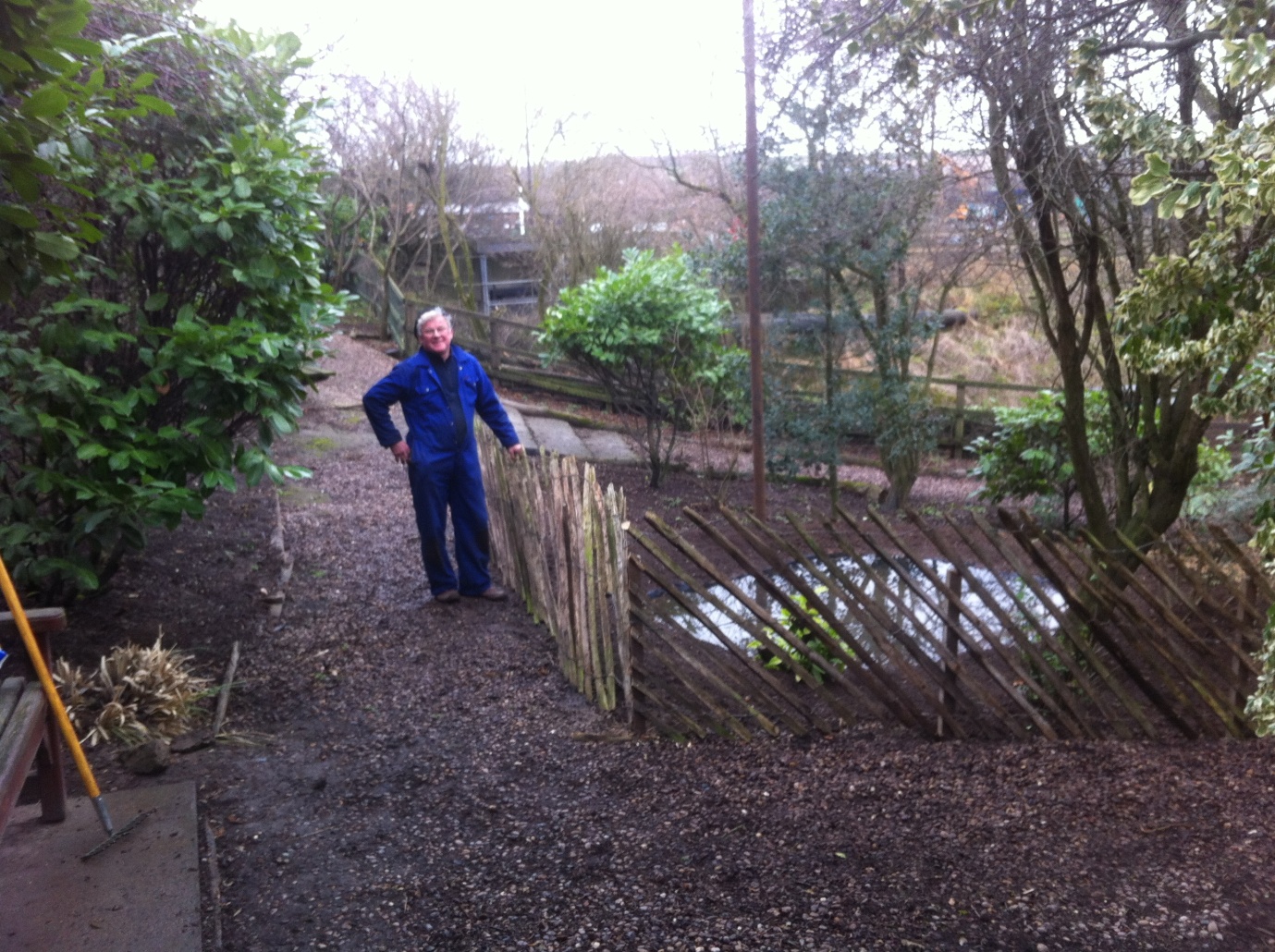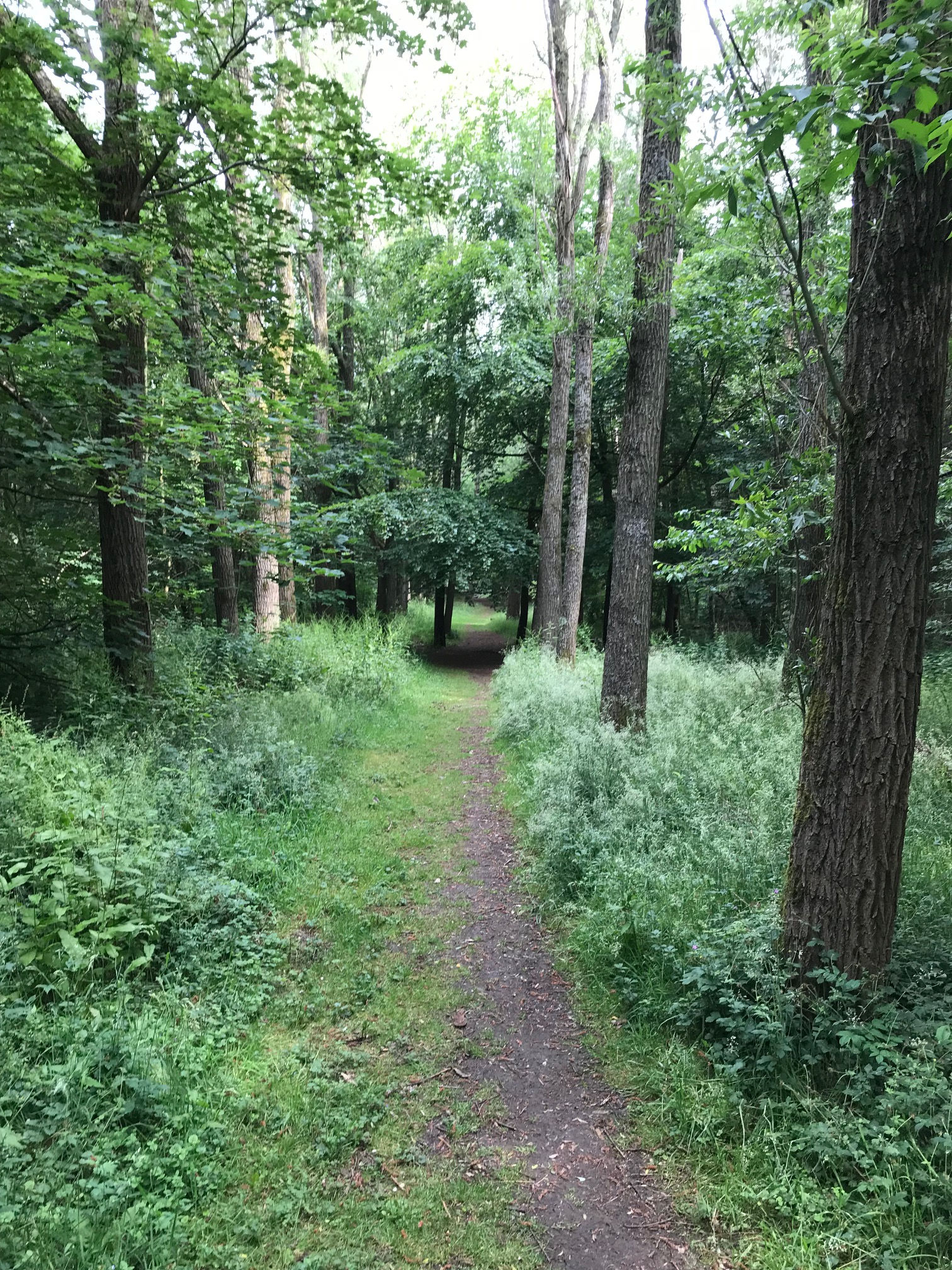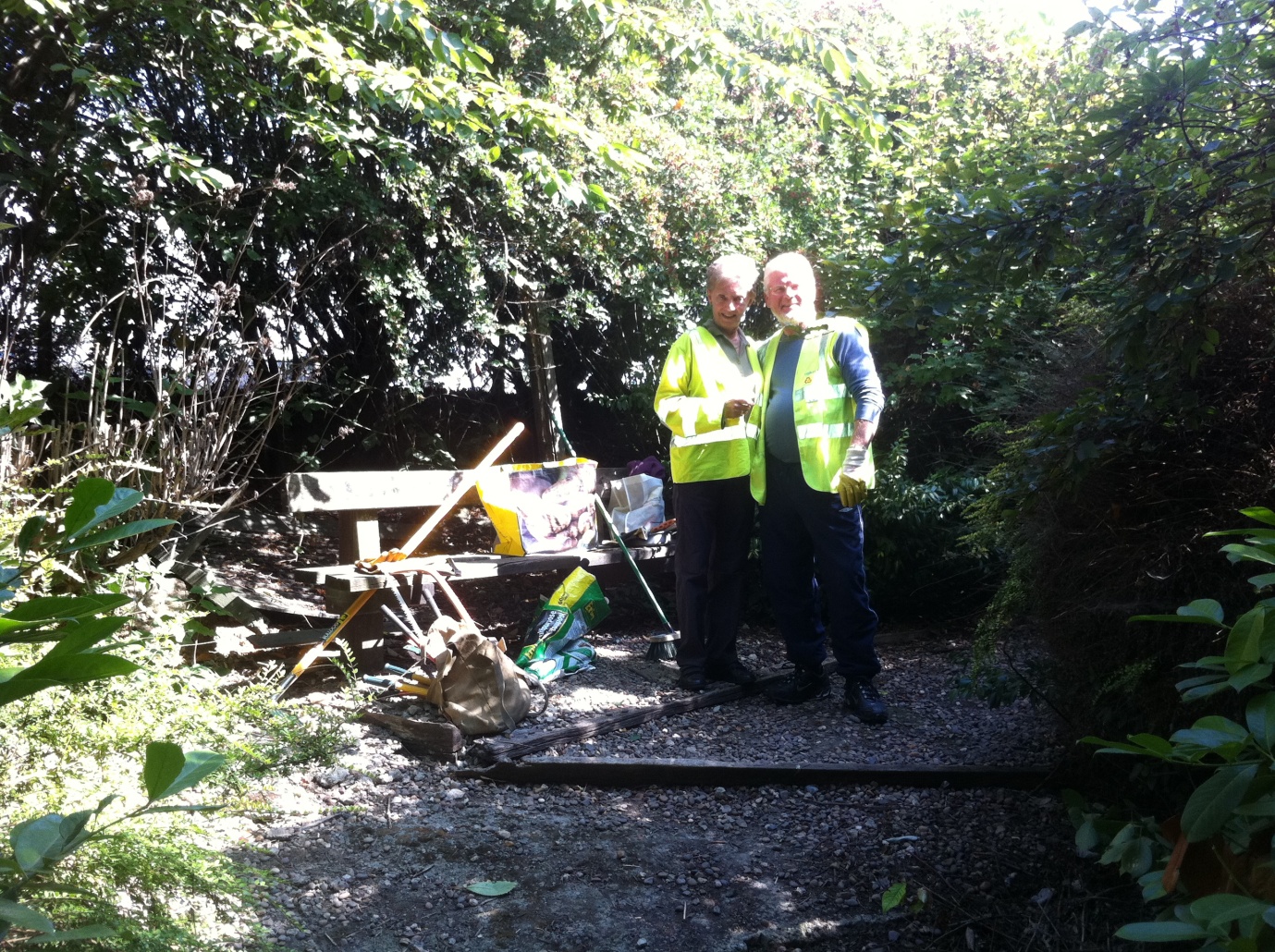- Home
- Public Benefits
- Gardens and commerce
- Case Studies
Case studies of businesses managing their grounds for wildlife
We are familiar with individuals improving or managing their gardens with wildlife in mind, and this practice is also beginning to be taken up by some public parks. At present, it is less common with businesses, perhaps because they may be unclear that investment in improving the area around their premises could have a positive impact on the bottom line.
It is hard to pretend that having frogs and butterflies outside the works will directly raise income, but there are some clear collateral benefits which while harder to quantify can improve the business environment. These can include:
• Well managed and attractive green grounds give the impression of a caring organisation with resources to do what it considers right for the area and for sustainability.
• Having attractive grounds, especially if the public is allowed some access, can offset grumblings about the impacts of noise or traffic on the community.
• Having green space in which employees can walk and sit during the lunch hour reduces their stress levels and should lead to greater productivity.
• Involving employees in some of the decision making about the grounds, and for those that wish, encouraging them to do some volunteer wildlife gardening is a good way to build a healthy relationship between workers and
management.
• Work parties for special projects such as pond creation in the grounds can be a really excellent team-building
exercise if organised well and with imagination.
• If enough space is available, offering areas for allotments or community gardens will hugely raise the appreciation
of the business among local people.

Wildlife Garden in the Cemex South Ferriby Cement Plant
We would very much like to host a good number of case studies on this website, where businesses have opted to work to increase biodiversity in their grounds. If you work in such an environment, or know of good practice examples, please let us know through the Contact Us page of this website.
Case Studies:
Egrove Park, a 37 acre estate belonging to the Saïd Business School at the University of Oxford. It has flowering meadows, woodland, ponds and its own roe deer herd. It is seen as a valuable resource for staff and students, as well as for biodiversity.
Community wildlife garden at the Cemex South Ferriby Cement Plant This garden won the business section of a national wildlife garden competition in 2012.
Case studies of businesses managing their grounds for wildlife
We are familiar with individuals improving or managing their gardens with wildlife in mind, and this practice is also beginning to be taken up by some public parks. At present, it is less common with businesses, perhaps because they may be unclear that investment in improving the area around their premises could have a positive impact on the bottom line.
It is hard to pretend that having frogs and butterflies outside the works will directly raise income, but there are some clear collateral benefits which while harder to quantify can improve the business environment. These can include:
• Well managed and attractive green grounds give the impression of a caring organisation with resources to do what it considers right for the area and for sustainability.
• Having attractive grounds, especially if the public is allowed some access, can offset grumblings about the impacts of noise or traffic on the community.
• Having green space in which employees can walk and sit during the lunch hour reduces their stress levels and should lead to greater productivity.
• Involving employees in some of the decision making about the grounds, and for those that wish, encouraging them to do some volunteer wildlife gardening is a good way to build a healthy relationship between workers and management.
• Work parties for special projects such as pond creation in the grounds can be a really excellent team-building exercise if organised well and with imagination.
• If enough space is available, offering areas for allotments or community gardens will hugely raise the appreciation of the business among local people.

WE would very much like to host a good number of case studies on this website where businesses have opted to work to increase biodiversity in their grounds. If you work in such an environment, or know of good practice examples, please let us know through the Contact Us page of this website.
Case Studies:
Egrove Park, a 37 acre estate belonging to the Saïd Business School at the University of Oxford. It has flowering meadows, woodland, ponds and its own roe deer herd. It is seen as a valuable resource for staff and students, as well as for biodiversity.
Community wildlife garden at the Cemex South Ferriby Cement Plant This garden won the business section of a national wildlife garden competition in 2012.














